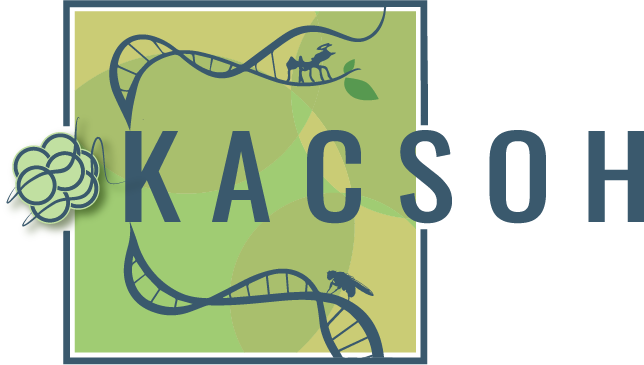Albert Szent-Györgyi was a Hungarian biochemist, national academy member, winner of many awards including the Nobel Prize in Physiology or Medicine in 1937 and is credited for the discovery of vitamin C(1) . In typical Hungarian fashion(2), paprika was a source of vitamin C, which is the chief export of the nation as well as is used in a variety of different dishes.
Beyond these amazing accomplishments, he is known for a wide array of scientific quotes, like the one on the welcome page of this website:
“To see things that no one else sees, and to think of things that no else thinks”
I believe that his philosophy on science is one that we should emulate in our work today, and hence, embrace and study his scientific ideals.
Albert Szent-Györgyi had an interesting theory on scientists(3) , whereby he realized that “a discovery must be, by definition, at variance with existing knowledge,” divided scientists into two categories:
1. Apollonians
2. Dionysians
He called scientific dissenters, who explored “the fringes of knowledge,” Dionysians. He wrote, “In science the Apollonian tends to develop established lines to perfection, while the Dionysian rather relies on intuition and is more likely to open new, unexpected alleys for research...The future of mankind depends on the progress of science, and the progress of science depends on the support it can find. Support mostly takes the form of grants, and the present methods of distributing grants unduly favor the Apollonian.(3) ”
I believe that the best scientist is one who embraces both ideals. It is important to think of these mindsets, know that we may fall into one camp over another, and how we can correct ourselves to identify and push the boundaries of what is known.
References:
(1) Stamp vignette on medical science: Albert Szent-Gyorgyi-Nobel Laureate. Mayo Clinic Proceedings: Mayo Foundation for Medical Education and Research; 2000.
(2) Bowden ME, Crow AB, Sullivan T. Pharmaceutical achievers: the human face of pharmaceutical research. : Chemical Heritage Foundation; 2003.
(3) Szent-Gyorgyi A. Dionysians and apollonians. Science 1972;176:966.


